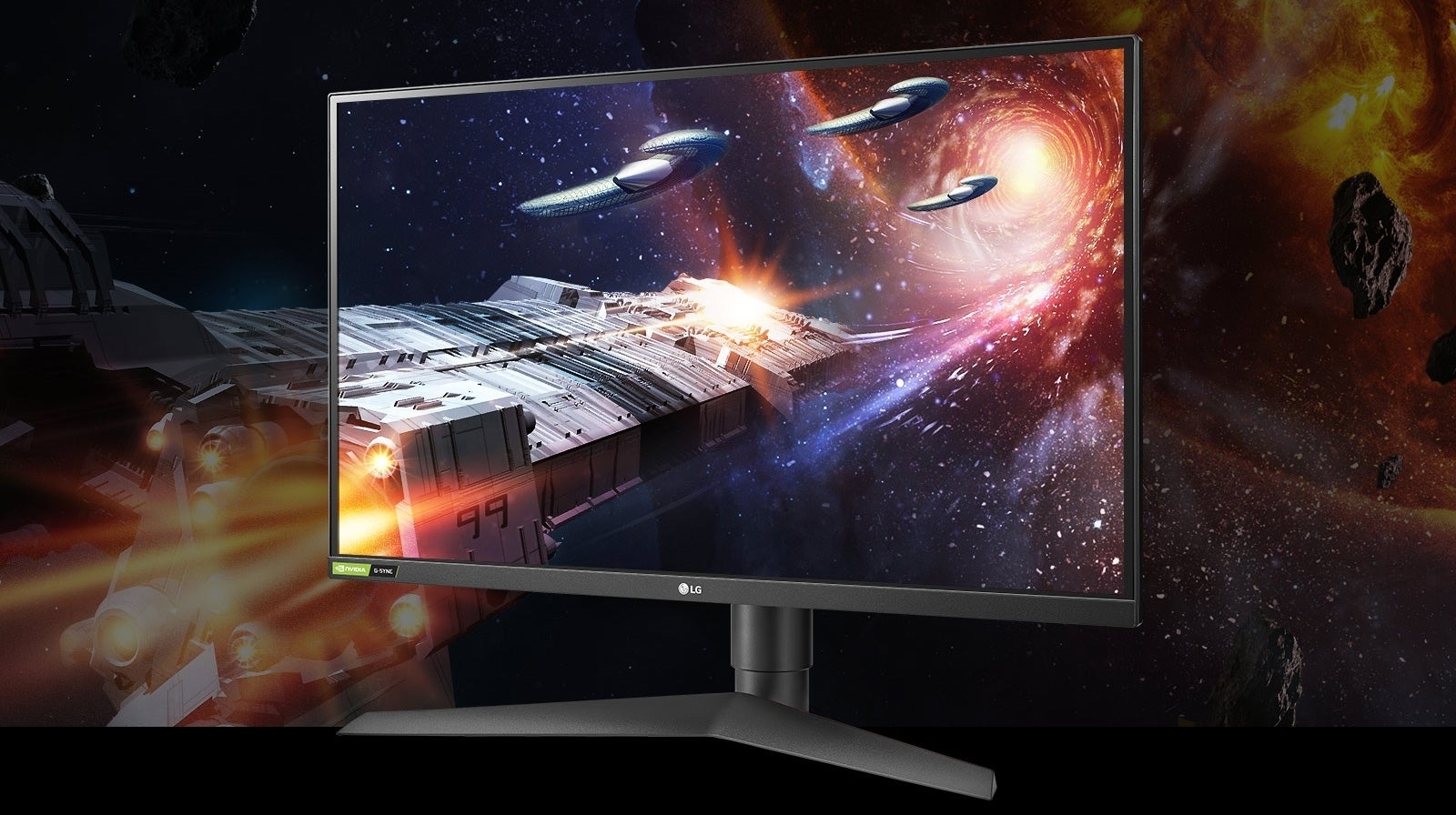Recently, we named the LG 27GL850 the best gaming monitor on the market after several weeks of testing. This 1440p 144Hz display impressed us due to its excellent colour reproduction and motion handling, while a few missing features were forgiven thanks to its relatively affordable sub-$500 price point. Today, I thought it would be interesting to go into a little more detail about why this new monitor has earned our top recommendation, including a closer look at the monitor’s innovative Nano IPS panel, its 1ms GtG response time rating and a few other curios that didn’t make it into our summarised write-up.
The biggest difference between the LG 27GL850 and our previous picks for the ‘best gaming monitor’ spot is the sort of panel they use. While monitors like the Acer XB271HU and Asus PG279Q used AHVA IPS panels from Taiwanese vendor AU Optronics, this new monitor is built around a next-generation Nano IPS panel from LG Display, a subsidiary of the wider LG .
Nano IPS builds on the normal strengths of IPS panels, which are known for their wide viewing angles and accurate colour reproduction, by layering nanoparticles on the white LED backlight of the display. This layer filters out wavelengths of light that lie outside the intended gamut, allowing for more accurate colours within it. The Nano IPS specification therefore hits 98 per cent of DCI-P3 colour space, equivalent to around 135 per cent of the less-demanding sRGB gamut, allowing for more colour-accurate work and even support for HDR inputs.
However, Nano IPS doesn’t solve the largest issue with IPS screens – their relatively bright darks, relatively low max brightness, lack of local dimming and therefore below-average contrast in comparison to VA or OLED panels. That’s why the 27GL850 isn’t able to meet even the lowly DisplayHDR 400 standard, as this requires 400 nits of peak brightness and the LG monitor’s backlight is only capable of around 350 nits. A widescreen variant of this monitor, the 38GL950G, does a little better to achieve 450 nits peak brightness, but even this is some way below the 1000+ nit mark at which HDR screens become truly worthwhile.
